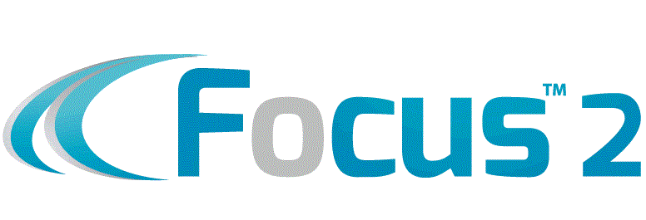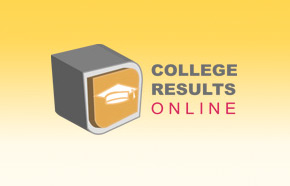HEOA hoopla and brouhaha
Things You Need to Know About the New Higher Education Opportunity Act
The Higher Education Opportunity Act of 2008, which was signed into law on August 14 2008 by former President George W. Bush, is five years overdue. Perhaps that's because it's about 20 times longer than the Higher Education Act of 1965 that it modifies or simply the sticky wheels of Congress.
Assuming you won't sit down and read the entire act (it's 1,158 pages!), here are 10 things you need to know about the new law. So let’s cut through the clatter and puff and get right down to it.
1. The Higher Education Opportunity Act encourages colleges to decrease costs and increase transparency. To promote greater accountability, colleges will now be required to report their reasons for tuition increases. Plus, colleges must provide information such as tuition prices, graduation rates, and popular majors right on their Web sites. College sites will also feature calculators so students can compare schools and estimate their college costs.
2. The Higher Education Opportunity Act strives to restore integrity and accountability to student loan programs. In order to protect students from aggressive marketing practices, lenders must now disclose all of their borrowing options for taking out and repaying student loans, including the terms and conditions of both federal and private student loans.
3. The Higher Education Opportunity Act strives to simplify the federal student aid application process. The Free Application for Federal Student Aid (FAFSA) process will be streamlined and low-income families will be able to utilize a two-page FAFSA-EZ form.
4. The Higher Education Opportunity Act strives to make textbook costs more manageable. Students and faculty must be given advance information on textbook pricing to help them plan for their expenses. Publishers are also required to provide pricing information on unbundled versions of every bundled textbook they sell.
5. The Higher Education Opportunity Act strives to expand college access and support for low-income, minority, and nontraditional students. Students can now receive Pell Grants year-round instead of just once per academic year. Funding has also been expanded for TRIO and GEAR UP college readiness and support programs, as well as graduate student programs at Historically Black Colleges and Universities, Hispanic Serving Institutions, and Predominately Black Institutions.
6. The Higher Education Opportunity Act strives to increase college aid and support for military families. Active duty military personnel and family members can benefit from a new scholarship program, and veterans can take advantage of new support centers to help them succeed in and graduate from college.
7. The Higher Education Opportunity Act strives to ensure equal college opportunities for students with disabilities. Students with disabilities will have greater access to Pell Grants and other need-based aid, as well as improved education materials and facilities.
8. The Higher Education Opportunity Act strives to boost campus safety and disaster readiness plans. All colleges will develop and implement state-of-the-art emergency systems and campus safety plans. There will also be a National Center for Campus Safety at the Department of Justice as well as a disaster relief loan program to help schools recover and rebuild in the event of a disaster.
9. The Higher Education Opportunity Act encourages colleges to adopt sustainable and energy-efficient practices. Colleges will benefit from a grant program to help them design and implement sustainable practices; they can also participate in a first-ever higher education summit on sustainability.
10. The Higher Education Opportunity Act strives to strengthen America's workforce and competitiveness. New loan forgiveness programs will encourage students to enter public service occupations such as firefighter, teacher and nurse. Teachers will also be actively recruited for high-demand science, technology, and foreign language fields.
It is important to know what the rules are so that we can utilize the system to your advantage. It is kind of like if you don’t know the rules to football, and you are sitting 6 inches away from a first down. Now if you did not know the rules you may attempt a passing play instead of just taking a half step forward.
Knowing when to rush, run or pass is critical in the college financial aid game. The difference can be in stretching that dollar out as far as possible by getting another first down.
J.D. Wyczalek (why-zall-ick) is quote "If you know how the financial aid and college admittance game is played you can stack the deck in your favor legally."





